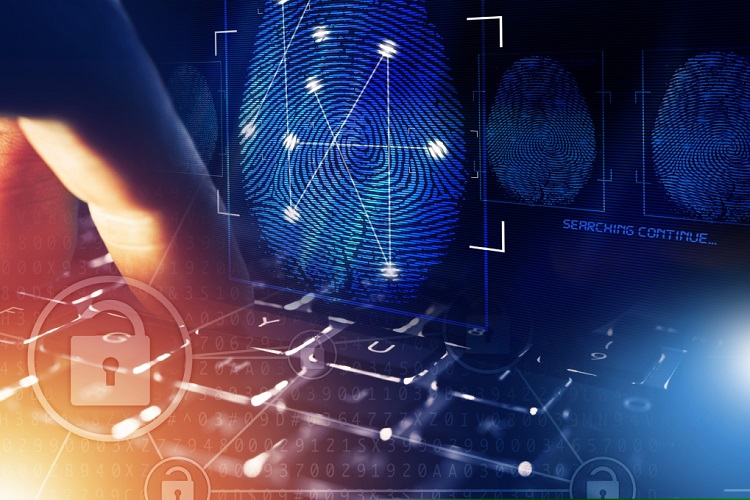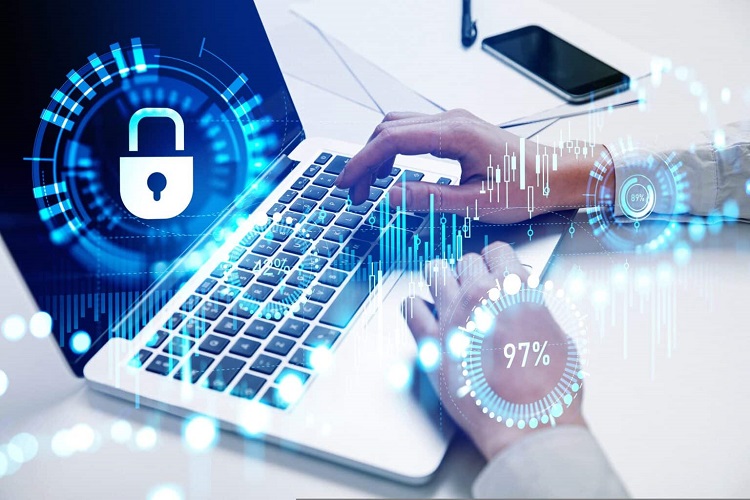Botnet attacks are a massive cybersecurity threat, growing quickly and becoming increasingly sophisticated. According to CSO Online, researchers detected 67 million botnet connections from over 600,000 unique IP addresses in the first half of 2022. This article will discuss what botnet attacks are and the most effective techniques for botnet attack prevention.
Application of Botnet Attacks and Their Usage
In a botnet attack, a network of compromised Internet-connected machines is infected by malware, enhancing a hacker’s ability to carry out larger cyberattacks. Botnet attacks typically involve stealing data, sending large quantities of spam and phishing emails, or launching massive DDoS (distributed denial of service) attacks.
Botnet attacks occur when large numbers of machines have been taken over by the attacker. Cybercriminals can gain control of a machine in multiple ways, from installing Trojans and viruses to social engineering attacks. Each machine in a botnet is known as a “bot” or “zombie.” Often, the computer’s owner is not even aware that it has been infected or taken over by an attacker.
While a single compromised machine has relatively little effect, the true impact of botnets comes from their strength in numbers. Together, the members of a botnet can swarm targets with traffic or requests, overwhelming their systems and causing them to become inaccessible. They can also send thousands or millions of malicious emails or use their computing power for nefarious purposes.
Perhaps the most well-known example of a botnet attack was the October 2016 DDoS attack against the DNS provider Dyn. Many websites using Dyn were temporarily taken offline as a result of the attack, including Twitter, CNN, Reddit, Airbnb, and Netflix. The attack occurred after many Internet-connected devices (from computers and printers to cameras and baby monitors) were taken over by the Mirai malware, with an estimated 100,000 members of the botnet.
Common Types of Botnet Attacks
There are many different types of botnet attacks, each representing its own serious threat to businesses. In this section, we’ll discuss five of the most common types of botnet attacks.
1. DDoS Attacks
In a DDoS (distributed denial of service) attack, the attacker tries to disrupt a network, website, or server by swarming it with malicious traffic. A good real-world analogy for a DDoS attack might be a mob of people outside a store entrance, preventing legitimate customers from going inside. The motives for DDoS attacks include inflicting financial or reputational damage on a company, extorting the target for money to stop the attack, and even politics or espionage.
2. Credential Theft
Many websites and applications prevent users from trying to log into the same account too many times. With a botnet, however, attackers can use the compromised machines to have many more chances at cracking a valuable account’s password. Botnets also allow for credential stuffing attacks, where the attacker already has access to stolen login details and wants to hack into as many accounts as possible.
3. Spamming and Phishing
Botnet “zombies” can also be used to launch mass spamming and phishing email campaigns, casting as wide a net as possible. These emails may themselves contain malicious links or attachments that install the botnet software, further propagating itself and extending its reach. The emails may also fool users into revealing personal information or login credentials. Botnets can also spread spam messages via other methods such as Internet forum posts and blog comments.
4. Ad Fraud
Attackers may use the machines in a botnet to maliciously simulate real user activity. For example, a botnet can perpetuate “click fraud,” in which the botnet machines repeatedly click on the links or buttons of an ad campaign. Since advertisers pay money for each user who clicks on an ad (a payment model known as pay-per-click or PPC), this form of attack can be used to significantly damage competitors’ ad budgets. Botnets can also be used to artificially inflate the popularity of certain website content by giving it views, likes, or upvotes.
5. Cryptocurrency Mining
Last but not least, some attackers use botnets for their own financial gain, such as by running cryptocurrency mining campaigns. Cryptocurrencies such as Bitcoin require significant computational power to create new coins, a process known as “mining.” Attackers can use a botnet to harness the processing power of the machines under their command, generating new coins for themselves while the machines’ owners pay the cost in increased electricity consumption.
Prevention Techniques for Botnet Attacks
◉ While botnet attacks are a major cybersecurity threat, the good news is that organizations can use many botnet attack prevention techniques, including the following:
◉ Deploy sophisticated antivirus and antimalware tools and keep them updated.
◉ Regularly install updates and bug fixes for software and operating systems.
◉ Learn how to recognize suspicious emails and attachments and avoid clicking on them.
◉ Use strong passwords and multi-factor authentication to prevent unauthorized access.
◉ Require cybersecurity training and education programs for employees to understand botnet attacks.
Below are some tips to prevent your IT environment from becoming the victim of a botnet attack:
◉ Install cybersecurity solutions such as firewalls and intrusion detection systems (IDS).
◉ Monitor network traffic for suspicious activity and unexpected surges in requests.
◉ Use a DDoS protection tool such as DNS filtering that can help block malicious visits to a website or service.
Source: eccouncil.org













